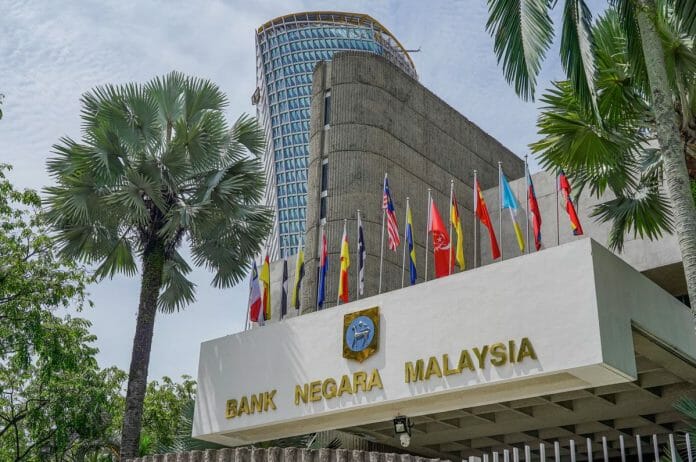Before soaring to RM4.0395 versus the US dollar on August 12, 2015, the Malaysian ringgit stood below RM4. Since then, the Malaysian ringgit continued to weaken to RM 4.7845 against the dollar on February 19, 2024 and maintained above RM4,00. It is projected that the ringgit might hit RM5.00 in January 2025, with an average exchange rate above RM5.00 for the following year, if the government does not step in to keep a lid on this rise.
According to some economists, a weaker ringgit might bode well for the economy, making exports more competitive in the market. However, we still wonder whether it will happen or whether it is just an assumption based on theory. Some other economists may not be on the same page that lower export revenues may loom on the horizon due to a depreciated exchange rate, which is detrimental to the economy. Furthermore, imported inflation may stem from higher costs of imported inputs, such as food and oil. This may impact the supply of domestic goods, which is highly dependent on imported inputs. Worse, we know that average salaries are expected to increase next year, which may aggravate inflation.
The only reason for the lower ringgit is either a decreased demand, an increased supply, or a combination of both in the market. The United States’ higher interest rate, which draws foreign investment, is one factor prompting a higher supply of Malaysian ringgit. In order to draw in international investors, Malaysia’s Federal Bank may need to think about boosting the Overnight Policy Rate (OPR), which might raise demand for the Malaysian ringgit. However, the Federal Bank is stuck between the devil and the deep blue sea because such action could jeopardize consumer spending and business expansion.
Therefore, it is imperative to address the declining exchange rate, as it poses significant challenges to the country’s economic stability. The weakening of the currency can lead to higher import costs, inflationary pressures, and a potential loss of investor confidence. In light of these concerns, it becomes crucial for the government to address the root causes of the declining exchange rate proactively.
Assoc. Prof. Dr. Mohd Shahidan Shaari is a lecturer at the Faculty of Business & Communication, Universiti Malaysia Perlis.









